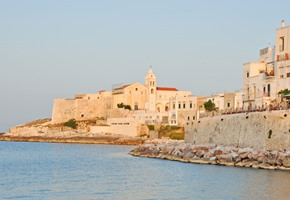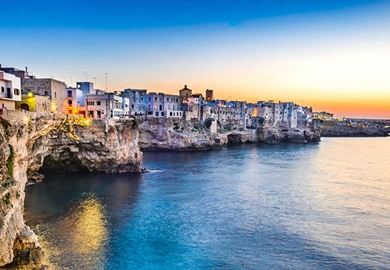
Untouched Italy
14/08/2017 · By Persephone Hallow
Delve into Untouched Italy and read our blog with the Top 10 choices for Undiscovered Italian Locations. Start your journey with Great Rail Journeys today.
Read moreBoasting a rich cultural heritage and a wealth of elaborate baroque architecture, Lecce is the principal town of the Salentine peninsula, and has been dubbed 'the Florence of the South'. Lecce's history is long; it was first settled by the Greeks in about the 5th century BC, before becoming an important Roman settlement during the reign of Emperor Augustus. Some of the Roman structures can still be seen in Lecce today - the main piazza is on the site of the amphitheatre. Following a quiet period during the Dark Ages, the Sicilian Normans ushered in a prosperous era for Lecce from the 11th century.
Lecce's magnificent architecture
The city continued to flourish under German emperors,
before being absorbed into the Spanish Empire in the 16th century.
Now one of southern Italy's most important cities, it was during
this time that Lecce acquired its Renaissance and baroque heart -
and, with improved stability, wealthy merchants and bankers flocked
to the city from all over Italy. This influx of wealth funded the
construction of many of Lecce's finest buildings, including its
grand palaces. Today, tourists are drawn to this magnificent city
to admire its quaint, narrow streets and its unique architecture -
much of which, existing nowhere else, is referred to as 'Leccese
Baroque'. Among its many highlights are the decorative Chiesa di
Santa Croce, with its intricately carved rose window and grand,
elaborate chandeliers, and the Piazza del Duomo, the main square
dominated by the 230-feet (70-metre) high bell tower of Lecce's
cathedral.
Find out more with a free brochure and enjoy weekly travel inspiration and offers in our e-newsletter.




